-
Windows
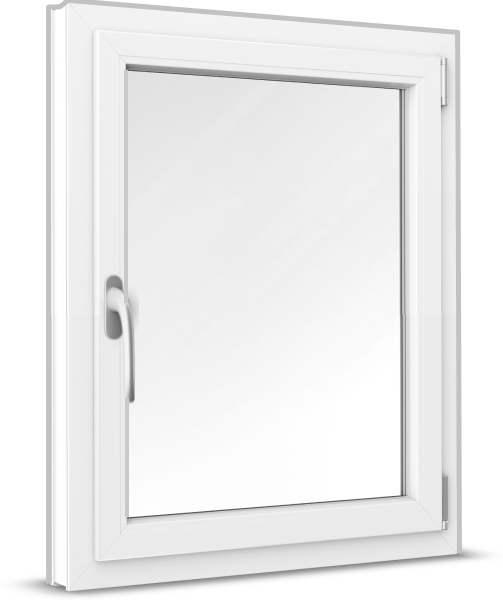 Windows
Windows
-
French Doors
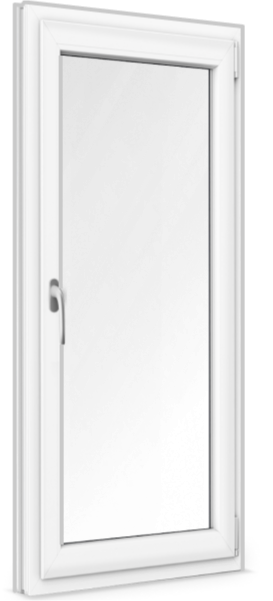 French Doors
French Doors
-
Patio Doors
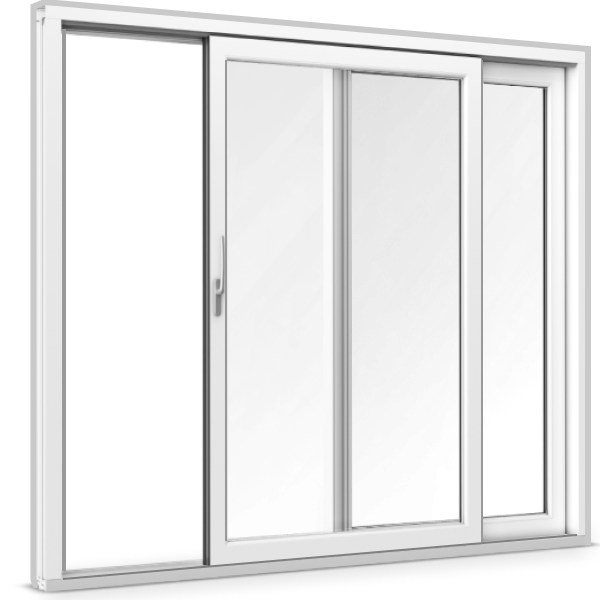 Patio Doors
Patio Doors
-
Front Doors
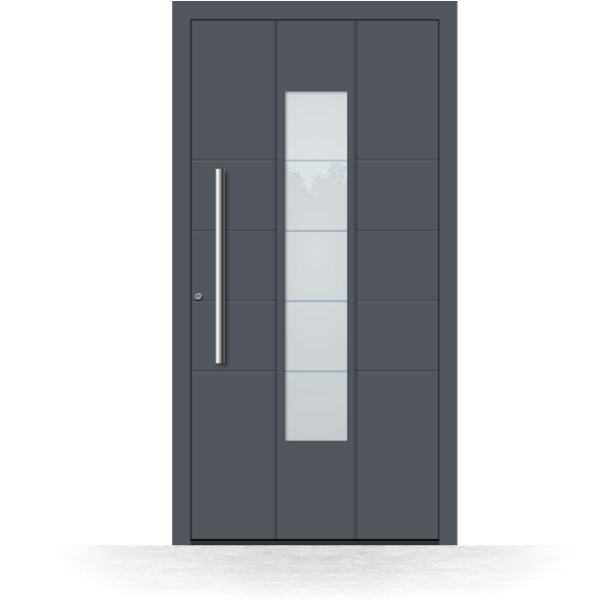 Front Doors
Front Doors
-
Roller Shutters
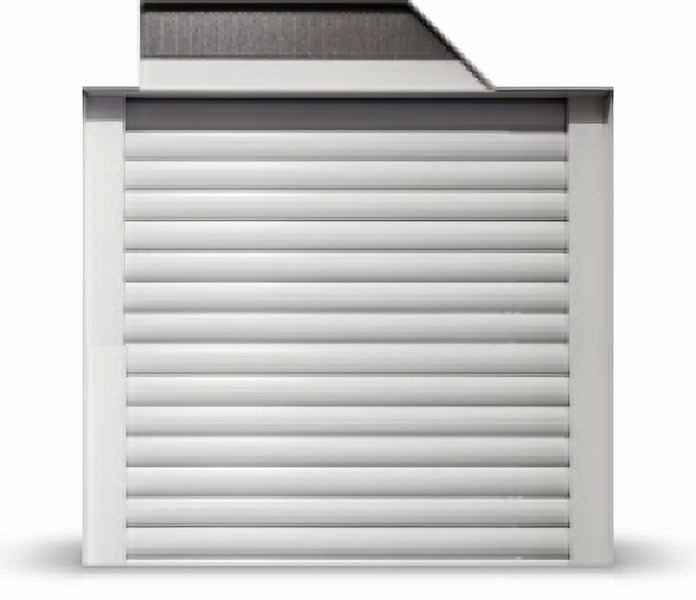 Roller Shutters
Roller Shutters
-
Window Sills
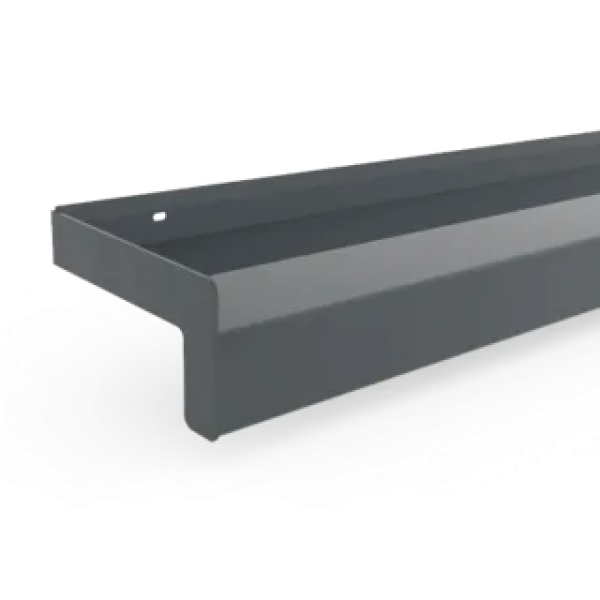 Window Sills
Window Sills
-
Sign in
Contact us
Poorly adjusted French doors can impact houses negatively in many different ways – draught can come through, heat energy can escape and burglary protection may decrease. Air and heat can easily pass through small gaps in the sealing. Luckily, it is very easy to adjust French doors. Do-it-yourself enthusiasts can perform the procedure themselves and save the money they would have had to spend on expensive professionals. This manual will guide you through the different steps of the process.
Tools
It is very important to read through the different steps and make sure to have all necessary tools in place before you start to adjust. Briefly studying this guide will save you time and prevent complications.
For adjustment methods a), b) and c), the plastic covers have to be removed from the bearings. You should also check the correct size of the Allen key or screwdriver. Furthermore, you have to check, whether you will need a working ladder or not. It is not obligatory to have a helping hand, but it can very useful
In order to adjust French doors properly, it is important to determine the opening mechanism. The most common system is the tilt-and-turn mechanism. Please be aware of the elements comprising such a system:
In the first step you have to determine, whether your French door is an older or newer model. The procedure of older doors is significantly more difficult than the procedure with newer models. This manual explicitly shows how to adjust modern aluminium, wooden or uPVC French doors with corner and stay bearings on the opposite side of the handle. With old wooden doors it is normally enough to renew the sealing. Should the renewing of the sealing not show positive results, it is suggested to instruct professionals with respective expertise.
After all necessary tools are in place and the working area is cleaned, you can start to adjust the French door. With the installation of new French doors or windows, you should always perform the methods a), b) and c) all together. Re-adjustment can be performed with the following steps:
Should the leaf hit the doorframe You must adjust a terrace or French door diagonally; this can easily be done with the adjustment of the bearings on the sides.
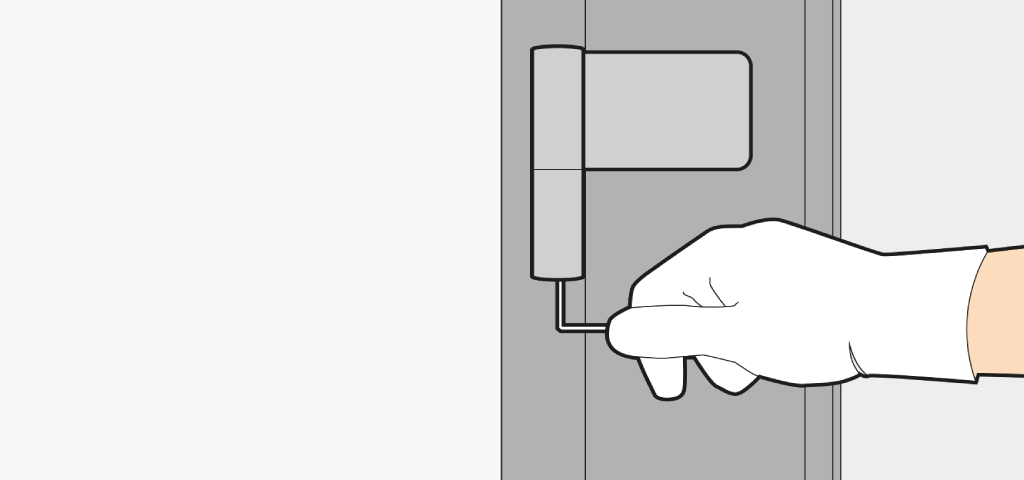
When the door jams the sides of the frame while opening and closing, it has to be lifted or lowered.
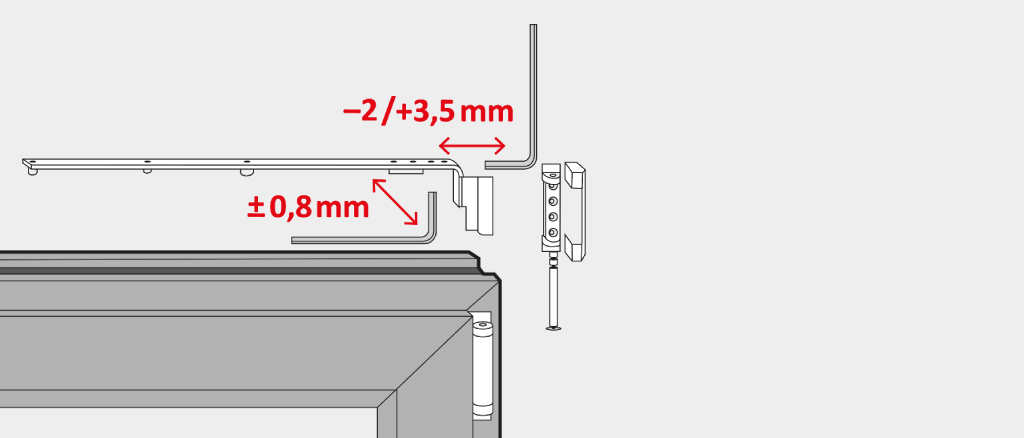
To achieve ideal thermal insulation and a smooth opening, it is necessary to ensure that the door leaf is parallel to the sides of the frame. This is done with the following steps:
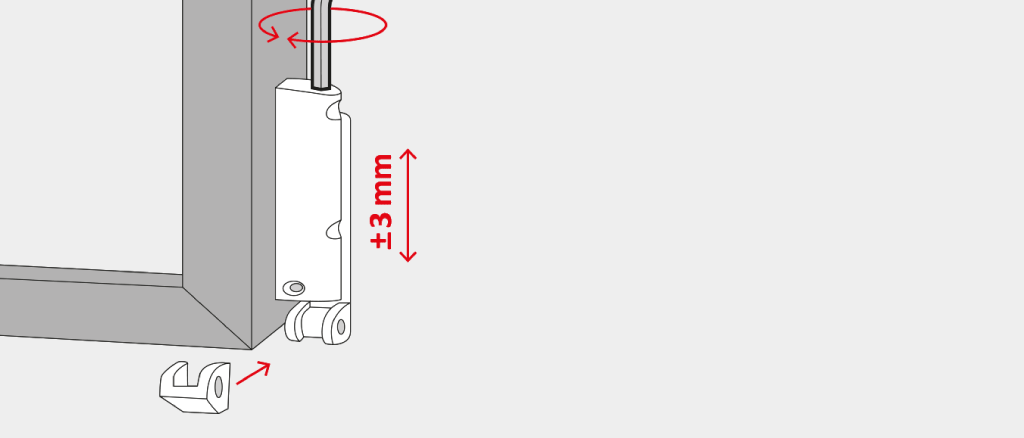
The corner and stay bearing do not need to be touched in order to adjust the contact pressure. You will only need a few tools.
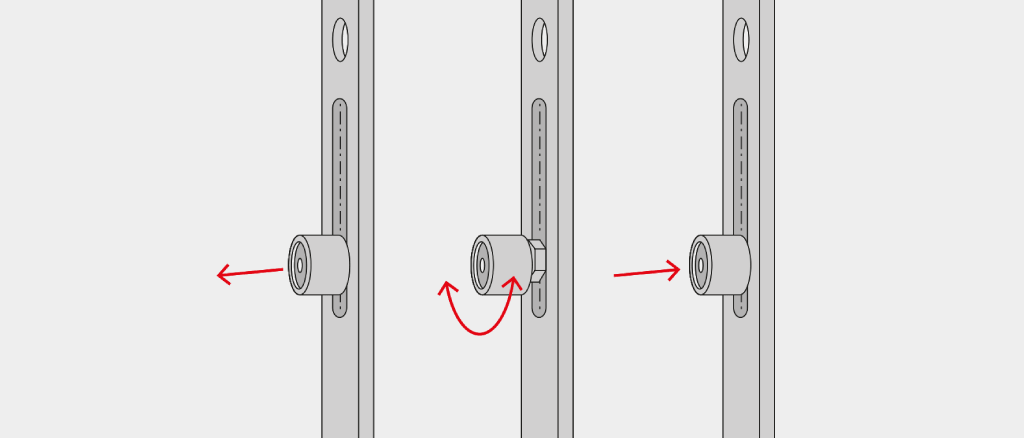
These simple steps can help you to adjust French doors and windows yourself. After the different steps are internalised, you will be able to save money on professionals and can use these funds on hiring craftsmen for more complex tasks whenever necessary.